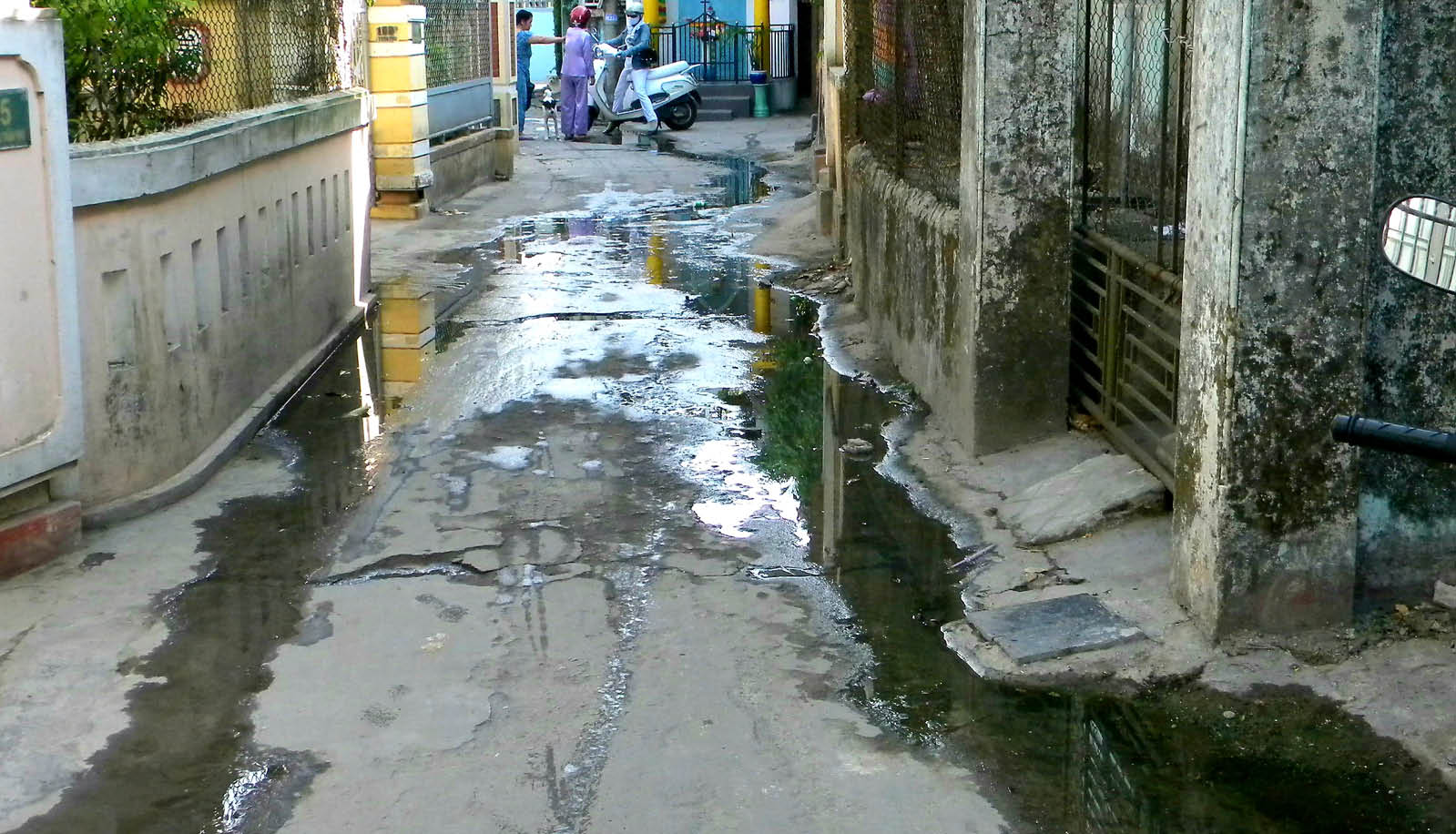 |
| Many urban residential areas still do not have drainage systems to ensure environmental sanitation. |
Not covered
According to the Institute for Urban Development Studies, urban wastewater drainage in Hue city is facing many challenges. The general drainage system has only reached 60 - 70% of its capacity. The centralized wastewater treatment system has only been invested in some wards in Thuan Hoa district, Lang Co town (Phu Loc) and wastewater treatment plants in some industrial parks, such as Chan May, Phu Bai, Phong Dien. Meanwhile, in small industrial establishments and craft villages, wastewater treatment systems are only invested internally. According to statistics, the rate of wastewater treated in Thuan Hoa and Phu Xuan districts has only reached more than 35%. In Huong Tra town, the drainage system has just been initially invested in, combined with natural drainage, the rate of domestic wastewater treated has reached 64%. Meanwhile, in other areas, such as Quang Dien, Phu Loc, Phu Vang... wastewater mainly flows into ponds, lakes, rivers, and lagoons.
Wastewater treatment in traditional markets in the city lacks synchronous investment. Currently, up to 82.6% of markets in the area do not have a wastewater collection or treatment system and 17.4% of markets only have a water collection and drainage system, but no wastewater treatment system. Regarding medical wastewater, hospitals and medical facilities have built separate wastewater treatment systems for each area and most parameters in the wastewater output of the treatment system meet the permitted standards.
According to a survey by the Institute for Urban Development Studies, there are 8 industrial parks in the area with a planned wastewater treatment capacity of 78,000m3/day. Currently, only 14.5% of the planned capacity has been built. Of which, Chan May Tariff Free Zone has invested in and operated a centralized wastewater treatment system with a capacity of 4,900m3/day, Phu Bai Industrial Park has a treatment capacity of 6,500m3/day and Phong Dien Industrial Park is implementing phase 1 construction with a capacity of 2,000m3/day in a total treatment system of 8,500m3/day.
In addition to focusing on urban areas and industrial zones, many opinions suggest that it is necessary to accelerate investment in small-scale wastewater treatment in rural areas according to a specific roadmap and apply appropriate technology. While the budget is still limited and socialized resources are not many, technological solutions, specifically the installation of reasonable and effective drainage manholes, are considered the most optimal.
Synchronize technology and infrastructure
Hue City has been implementing many technical infrastructure projects to improve the environment and enhance the quality of life for the people. The Hue City Water Environment Improvement Project, with support from the Japan International Cooperation Agency (JICA), has a total investment of more than 24 billion yen (equivalent to more than 5,100 billion VND). Phase 1 of the project is being implemented in 11 wards in the southern area of the Huong River in Thuan Hoa District, Hue City. Important items, such as the renovation of the river system, canals, sewers collecting wastewater, pumping stations and wastewater treatment plants, have been completed and operated effectively.
The drainage system for domestic water and rainwater in the area south of Huong River, Thuan Hoa District, has been basically completed with 410km of common sewers, 32.5km of inter-sewage sewers, and a wastewater treatment plant with a capacity of 30,000m3/day. Up to now, the rate of households connected to the system has reached 75%, mainly grey wastewater. The project has contributed to upgrading the drainage system in urban areas, reducing local flooding, minimizing environmental pollution and improving the lives of tens of thousands of households.
Climate change, extreme floods, rising sea levels and population growth... are major challenges in the city's drainage, especially when the drainage and treatment systems are not yet fully covered. Recently, the Hue City Water Environment Improvement Project - Phase 2 was proposed to continue upgrading and expanding. According to the plan, Phase 2 of the project will be implemented in the inner-city wards of Phu Xuan District, Hue City. The completion of this project will contribute to enhancing drainage capacity, mitigating natural disasters, and overcoming environmental pollution caused by uncontrolled and untreated wastewater.
Along with the construction solution, especially while waiting for investment to complete the centralized wastewater treatment infrastructure in the city center, the investment in components such as manholes, water intakes... with new technology, suitable for factors such as pollution level, environmental conditions, investment costs, maintenance capacity... also needs to be taken into account. For example, in the past, to ensure drainage for the areas north and south of the Huong River, in addition to the system of earthen ditches and built ditches, these two areas were installed with 12,793 manholes of various types, 7,558 cast iron water intakes and 2,502 concrete water intakes on many roads in the city center.
Currently, on the market, there are many new technological solutions invented with many superior features, helping to drain water, treat wastewater effectively, prevent odors, prevent flies and mosquitoes... contributing to urban management and some industries such as health, construction... Depending on the area, location such as in residential areas, markets, hospitals, restaurants, large urban areas or suburban areas... to choose to use each type of manhole, such as: water traps, mechanical valves, activated carbon, sealed or manholes combining many technologies... suitable and effective.
Source: https://huengaynay.vn/kinh-te/giai-phap-cho-thoat-nuoc-152309.html




![[Photo] Visiting Cu Chi Tunnels - a heroic underground feat](https://vstatic.vietnam.vn/vietnam/resource/IMAGE/2025/4/8/06cb489403514b878768dd7262daba0b)




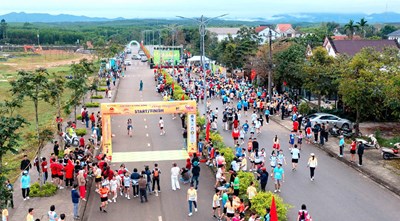

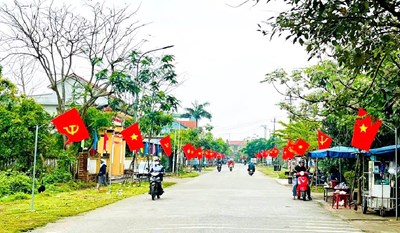
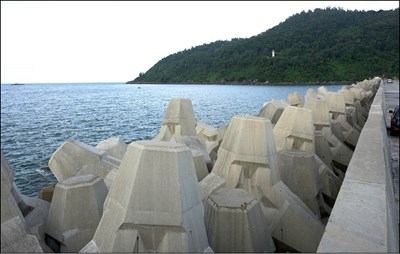
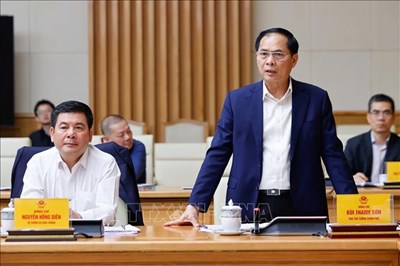

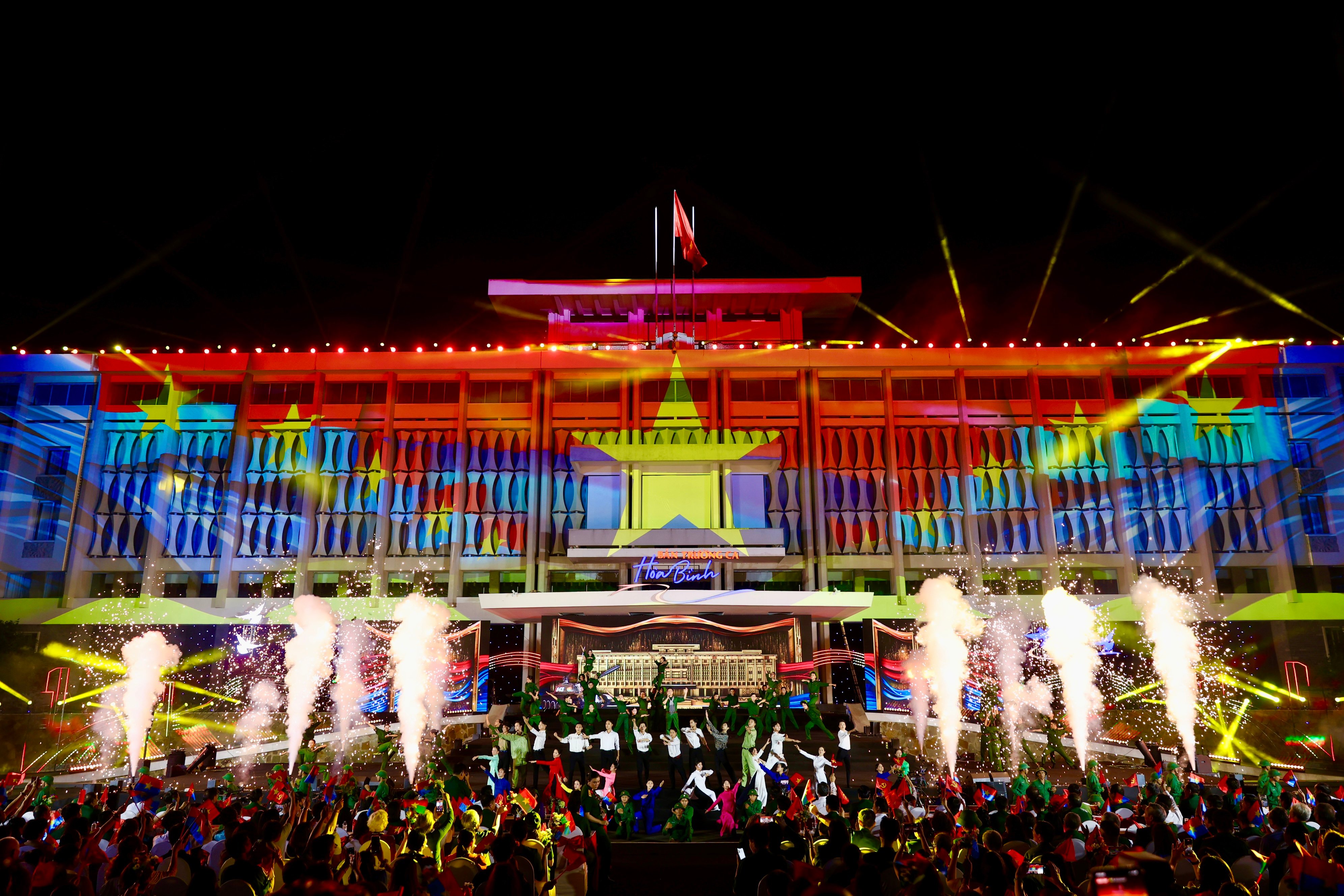
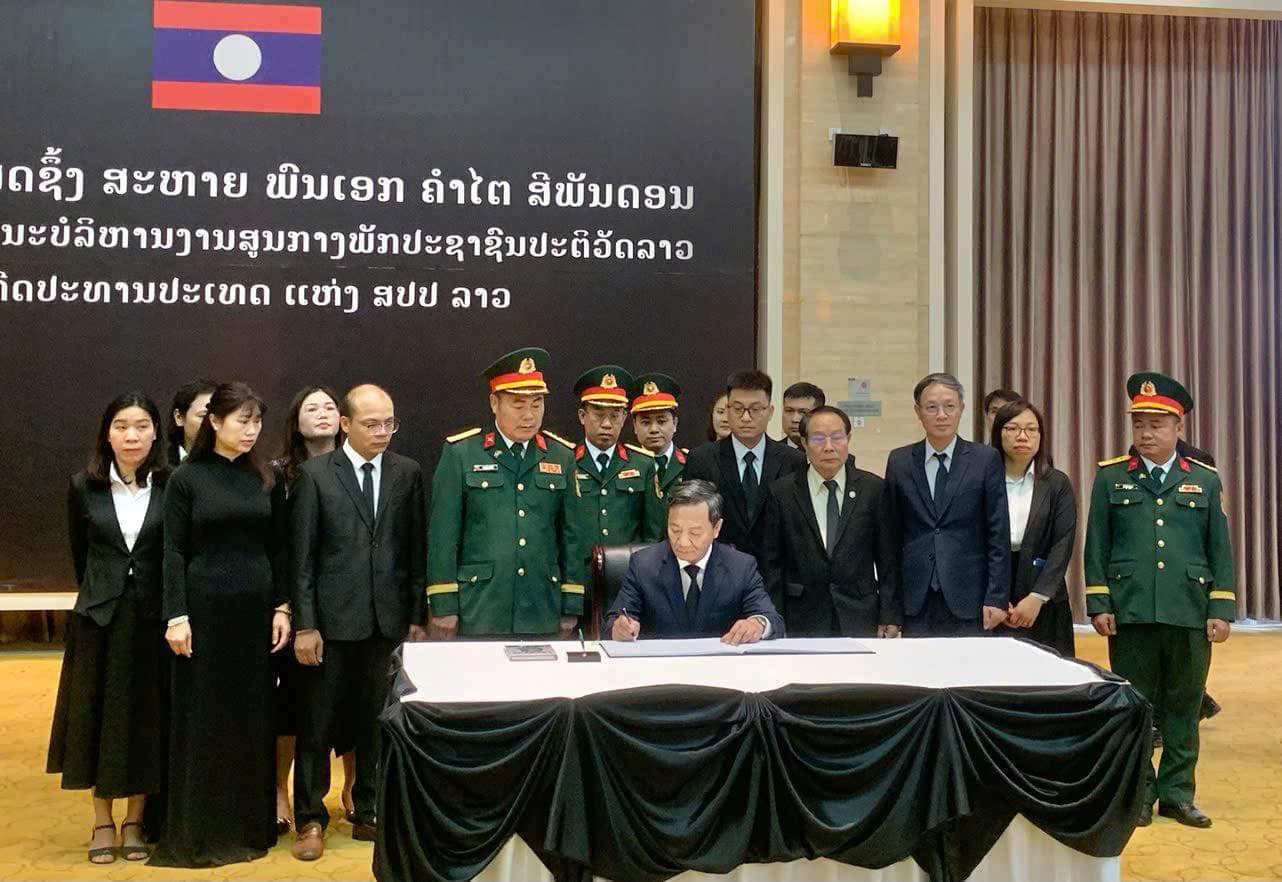
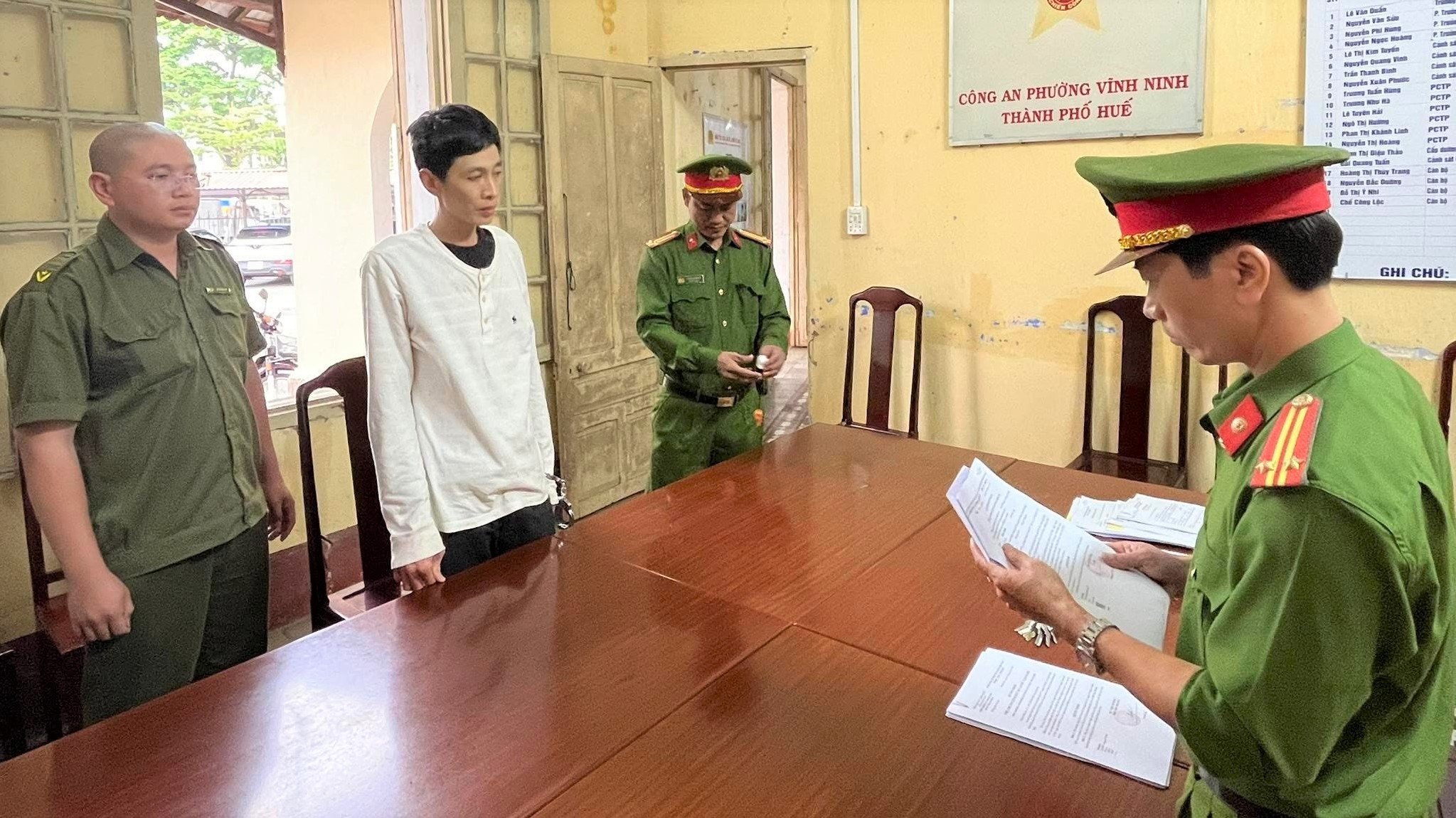
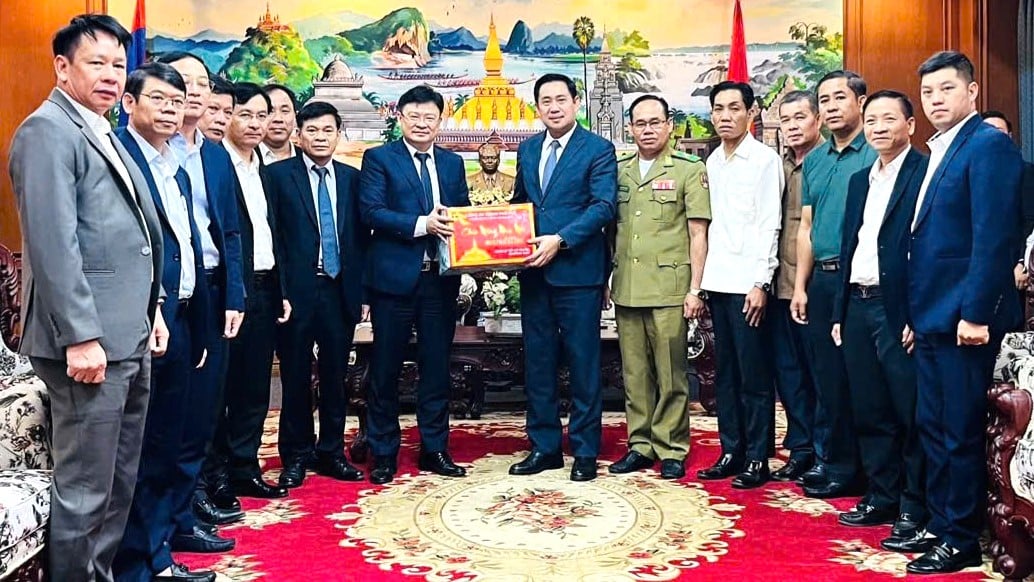
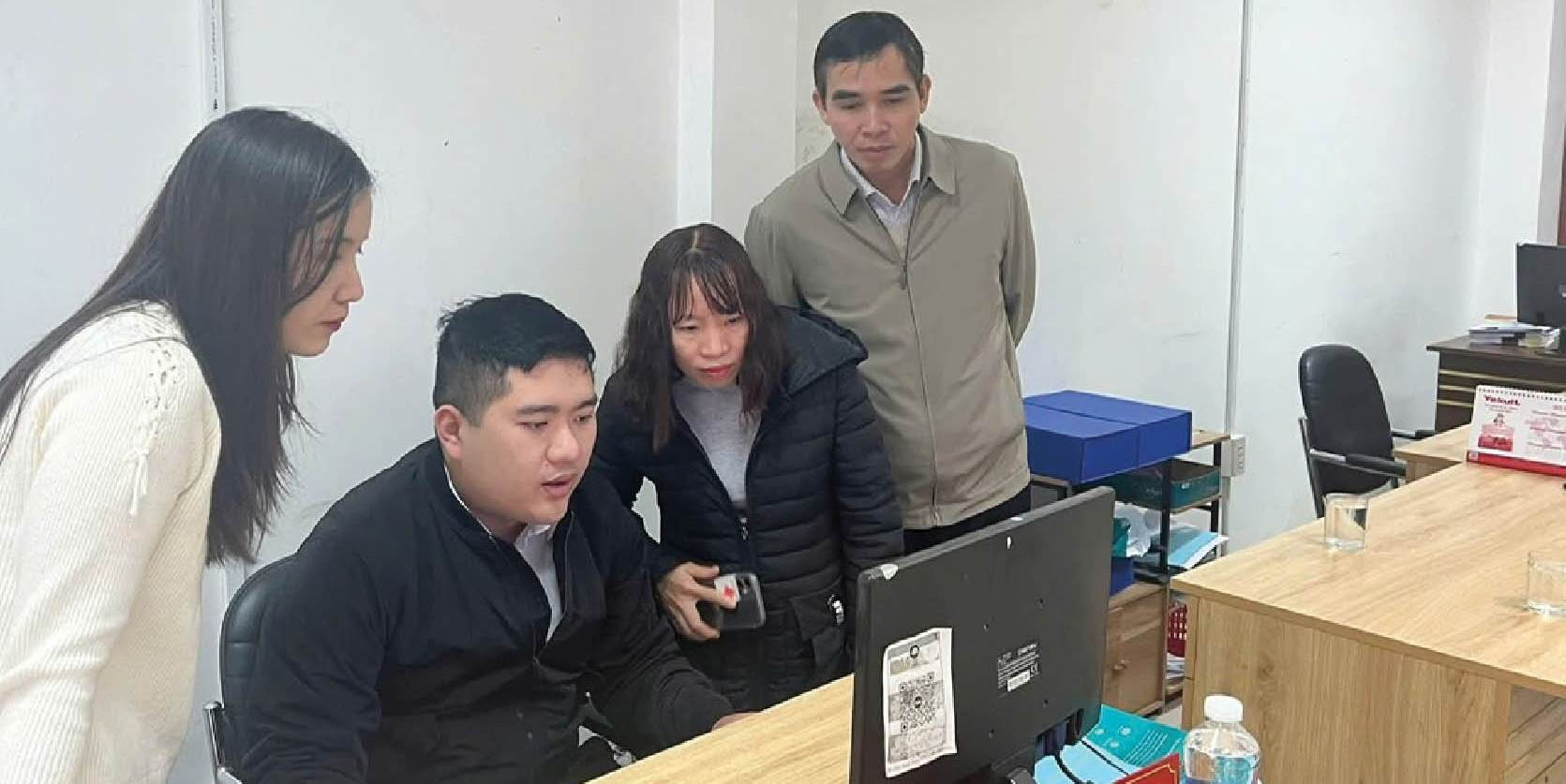
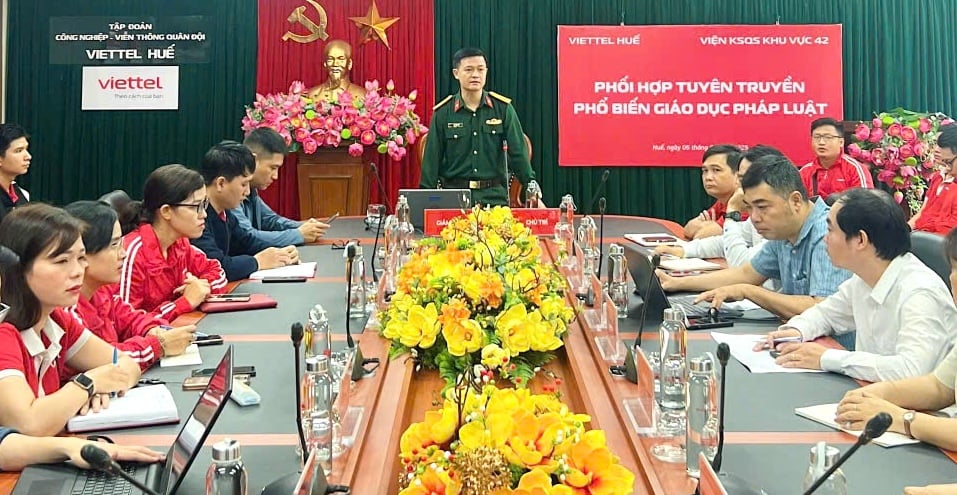
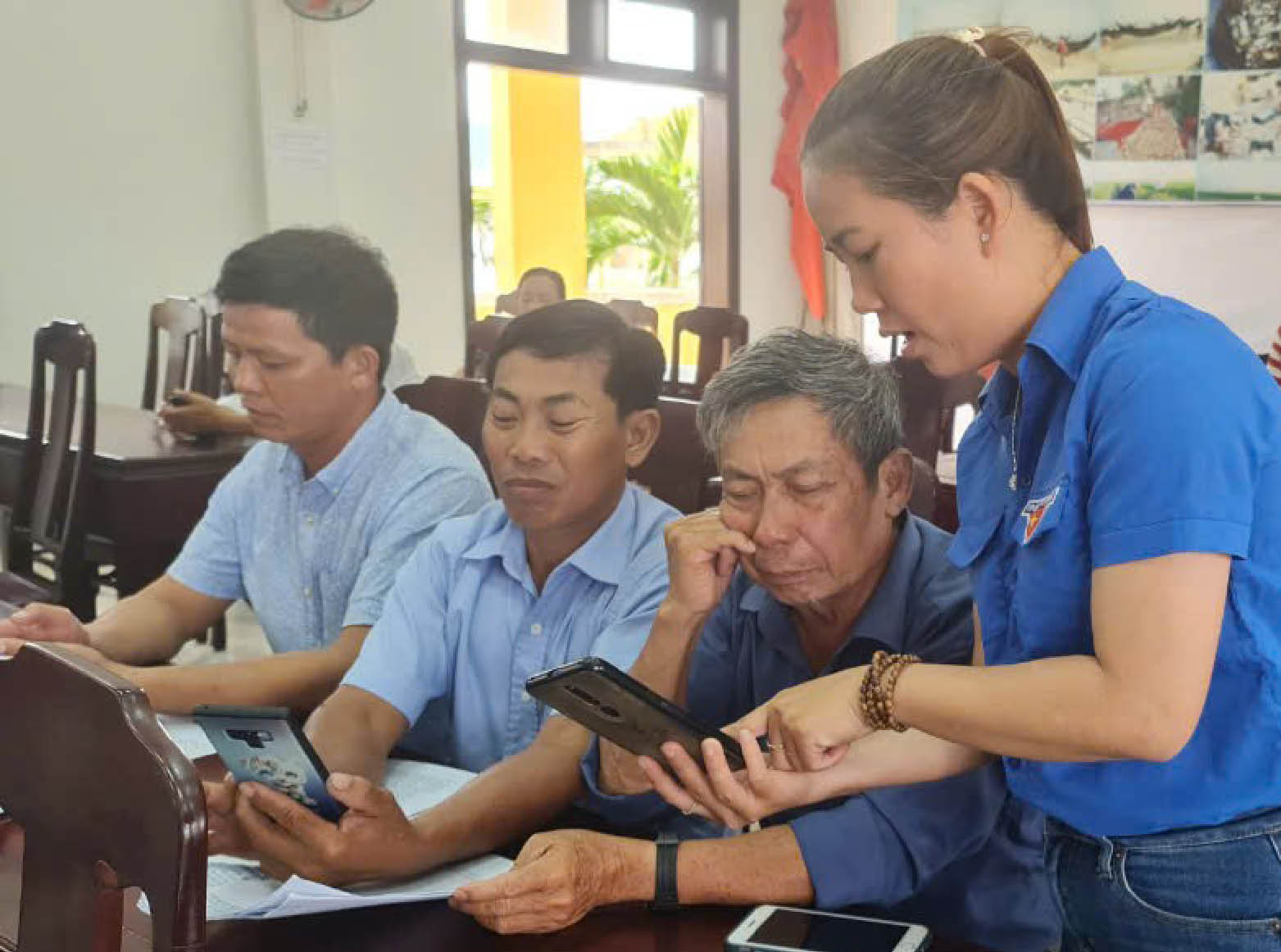
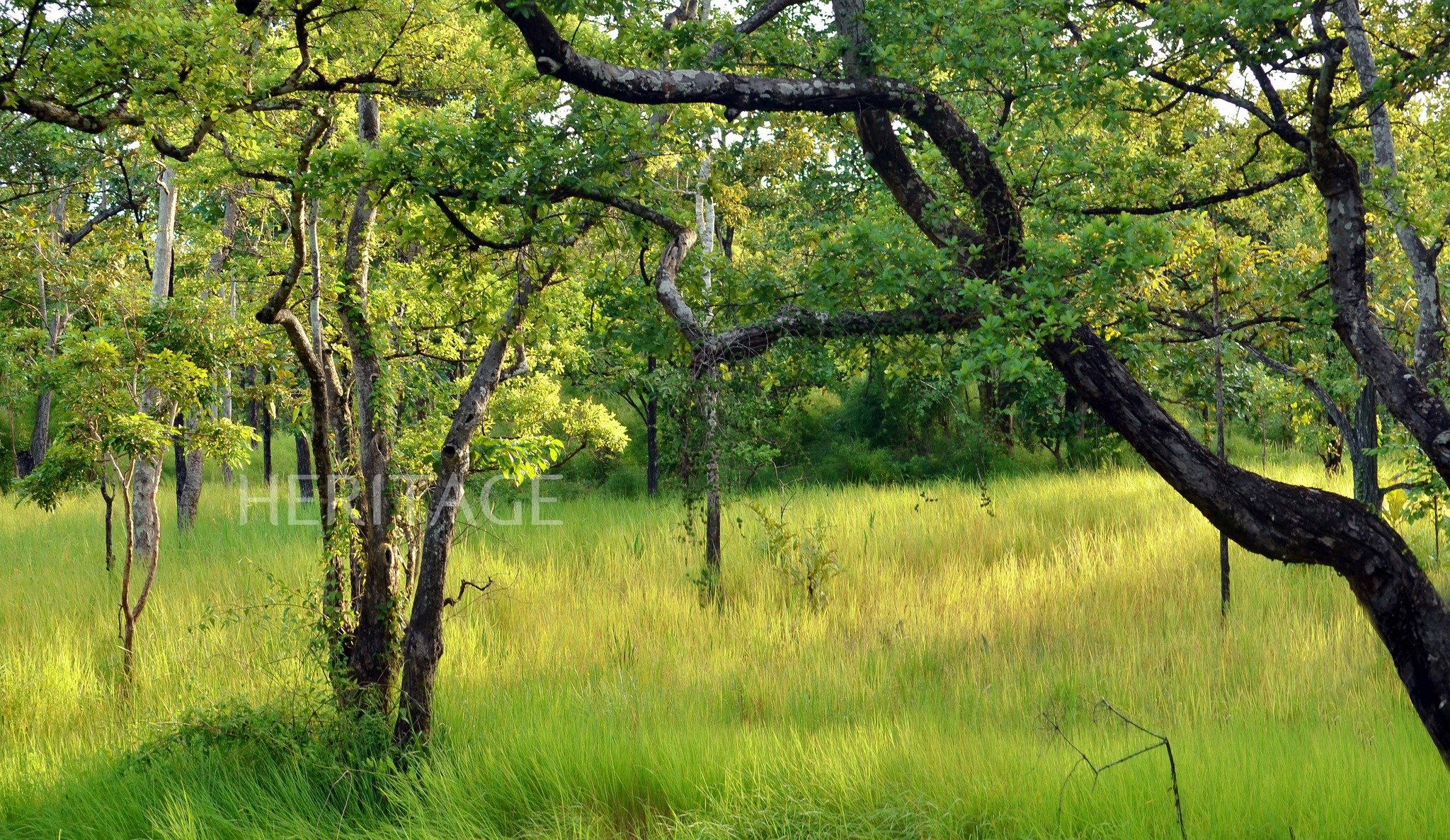




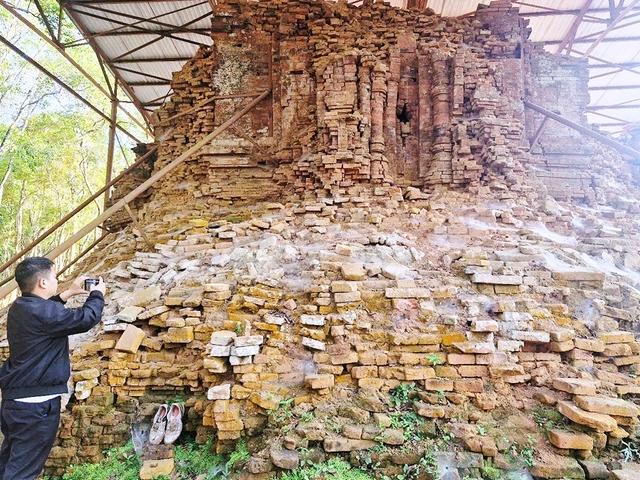



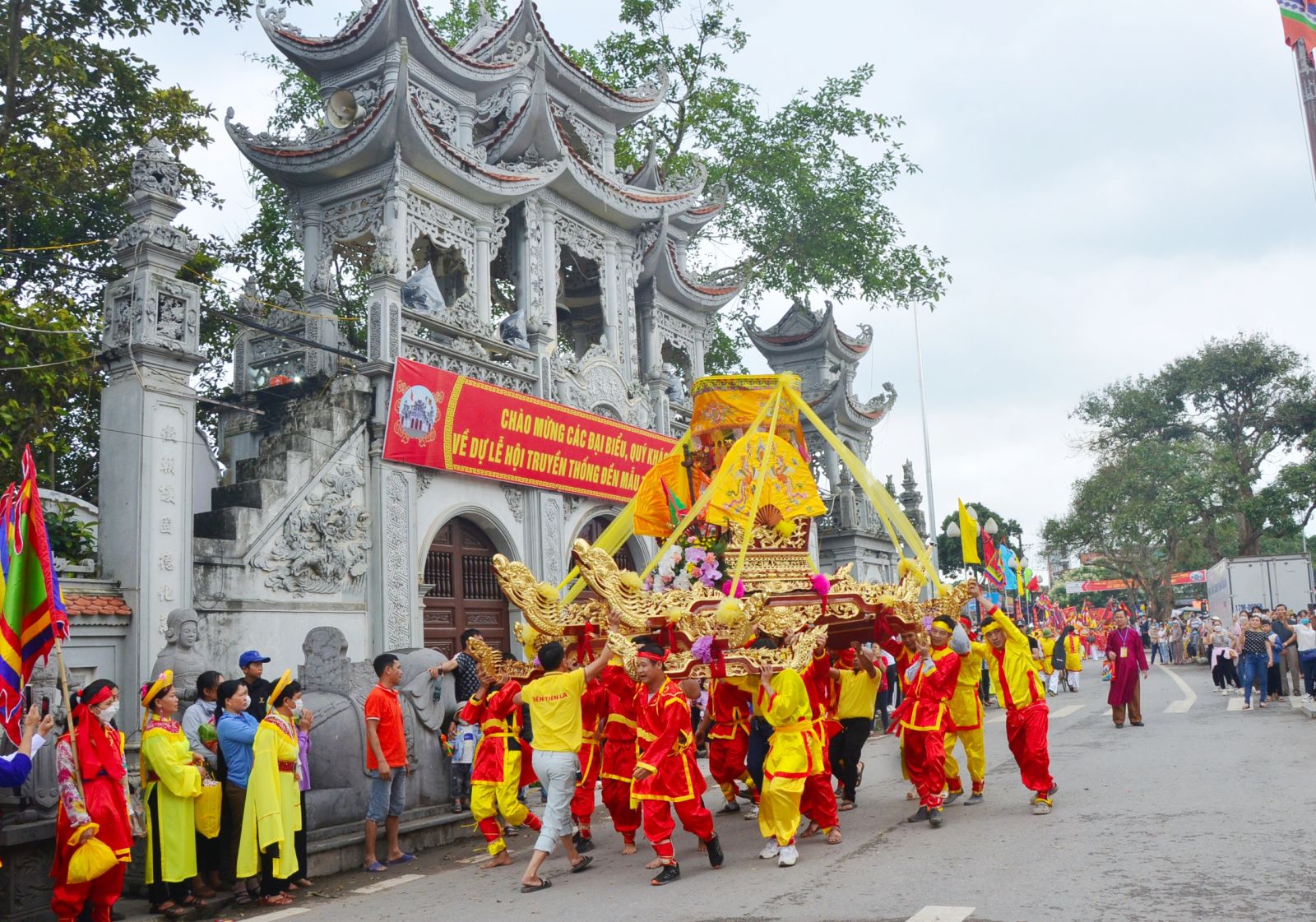




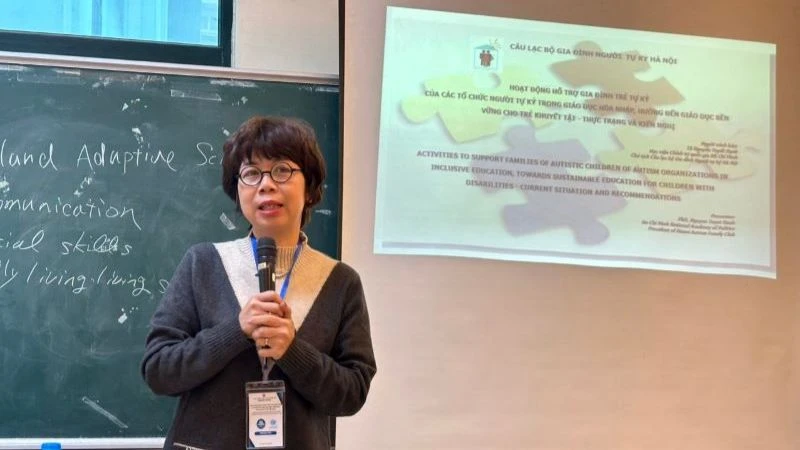



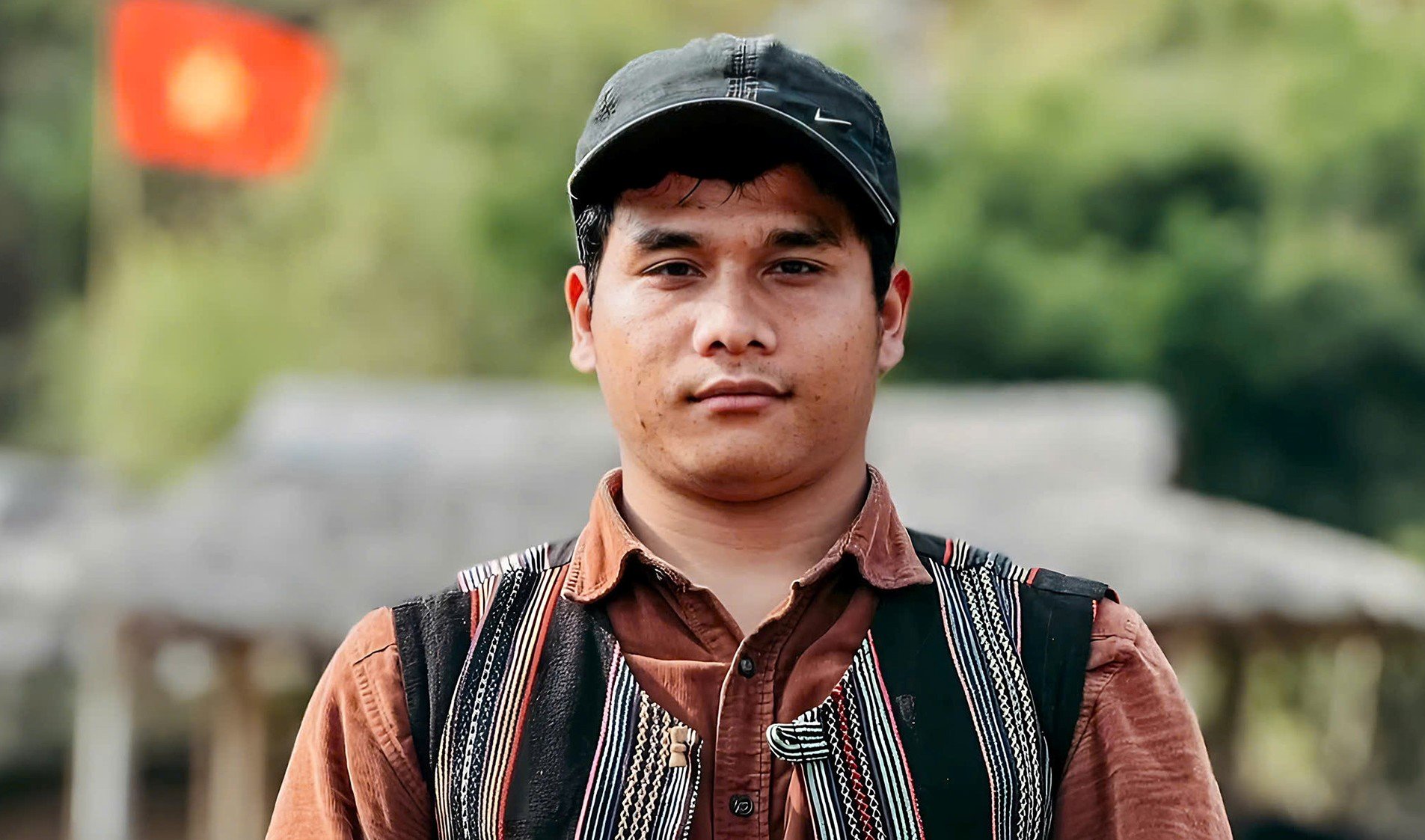





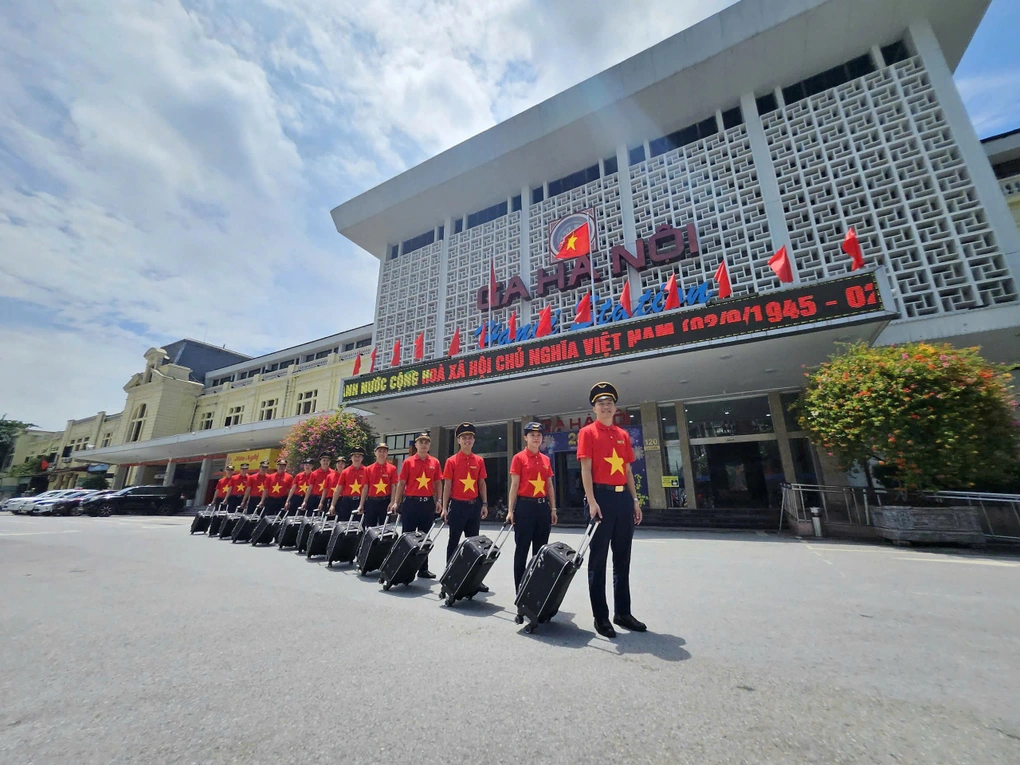




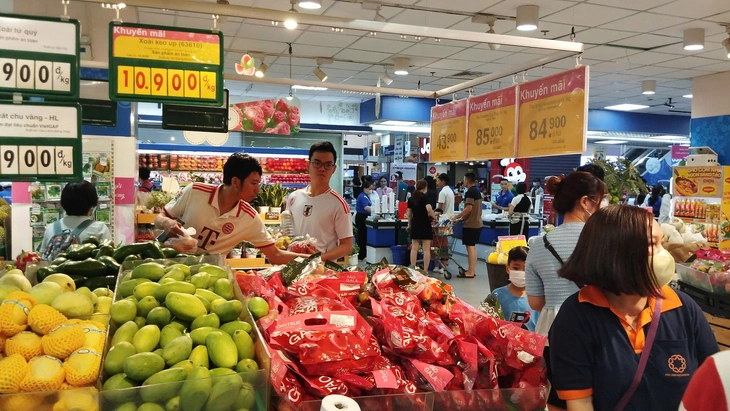






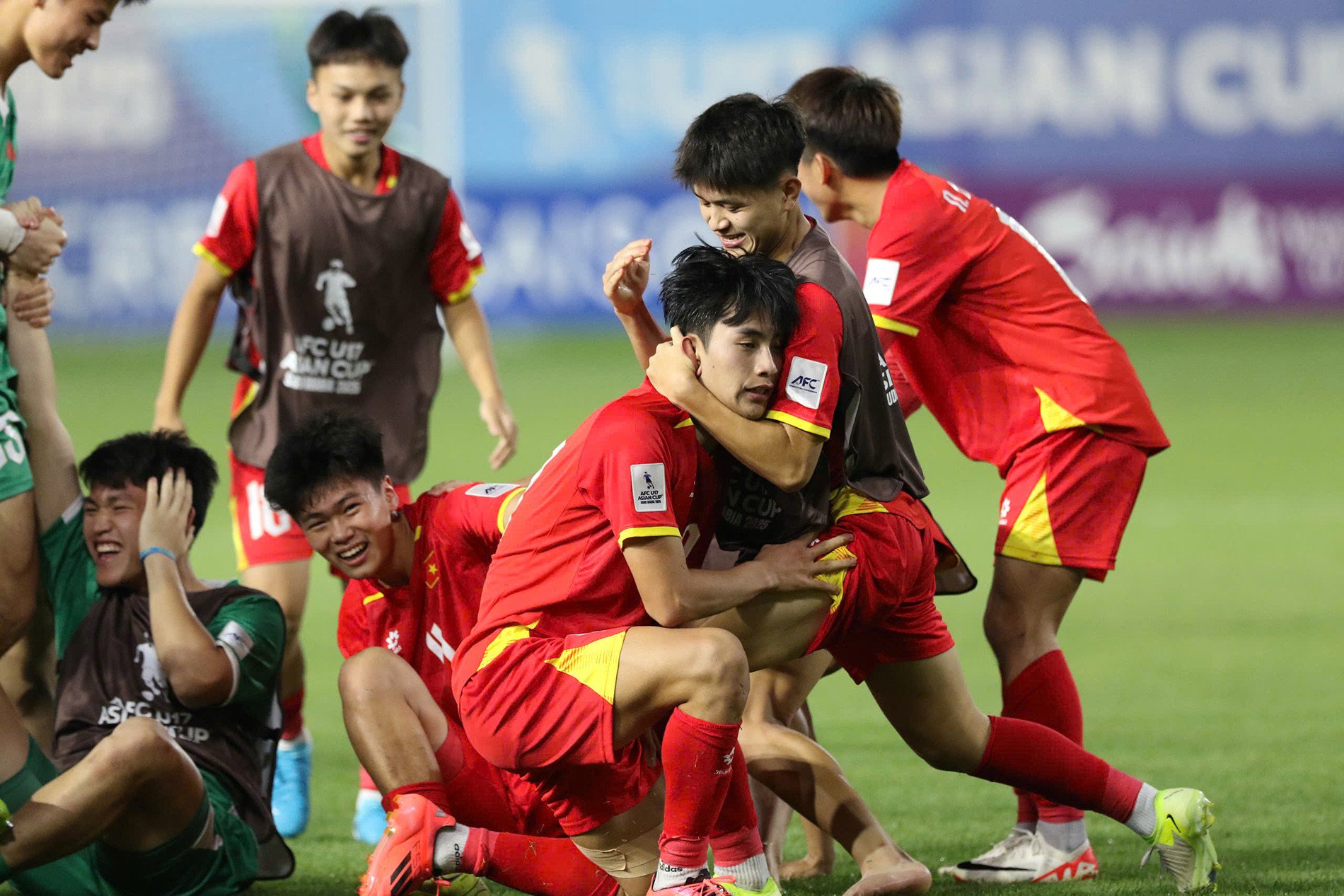
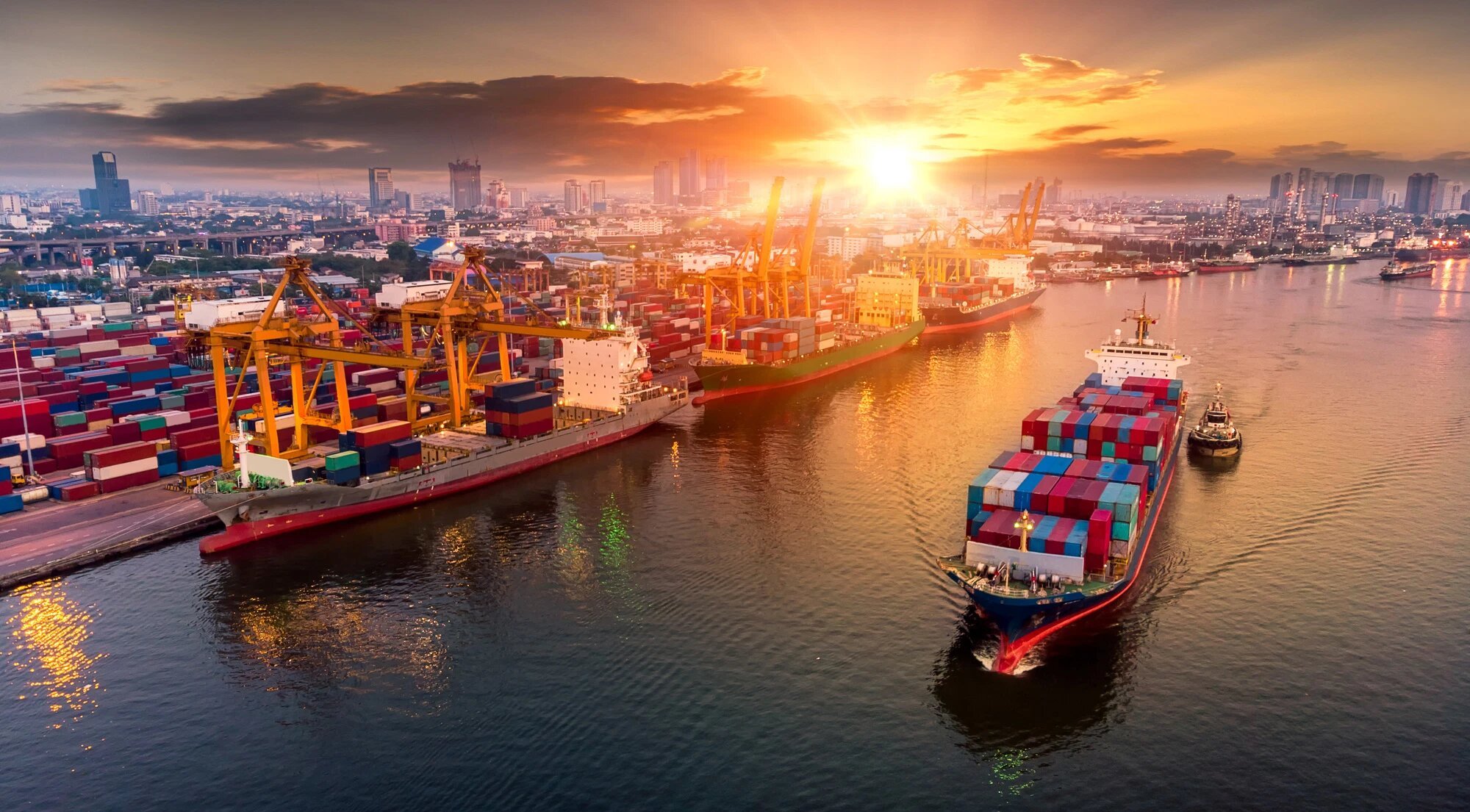










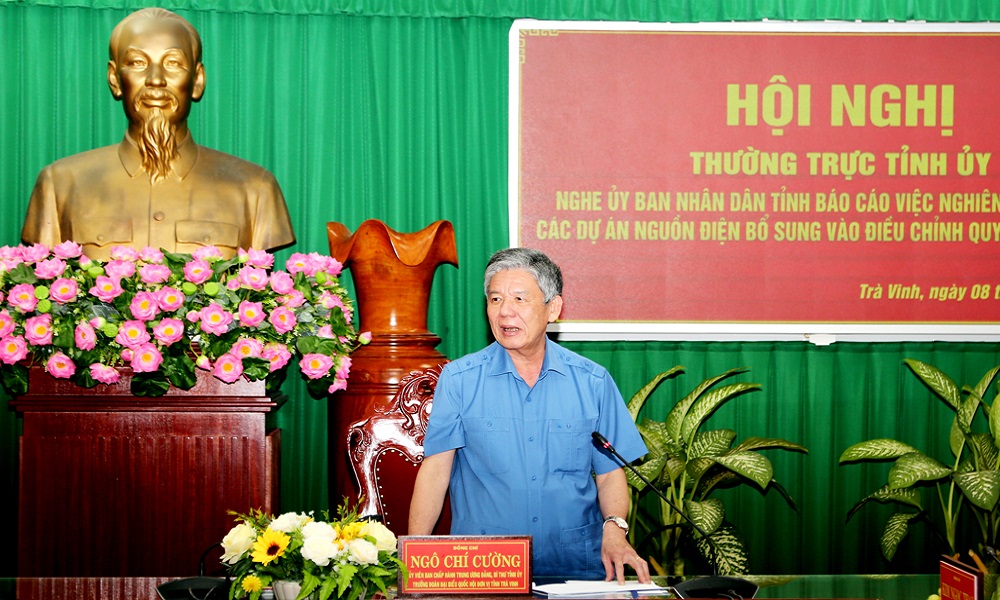
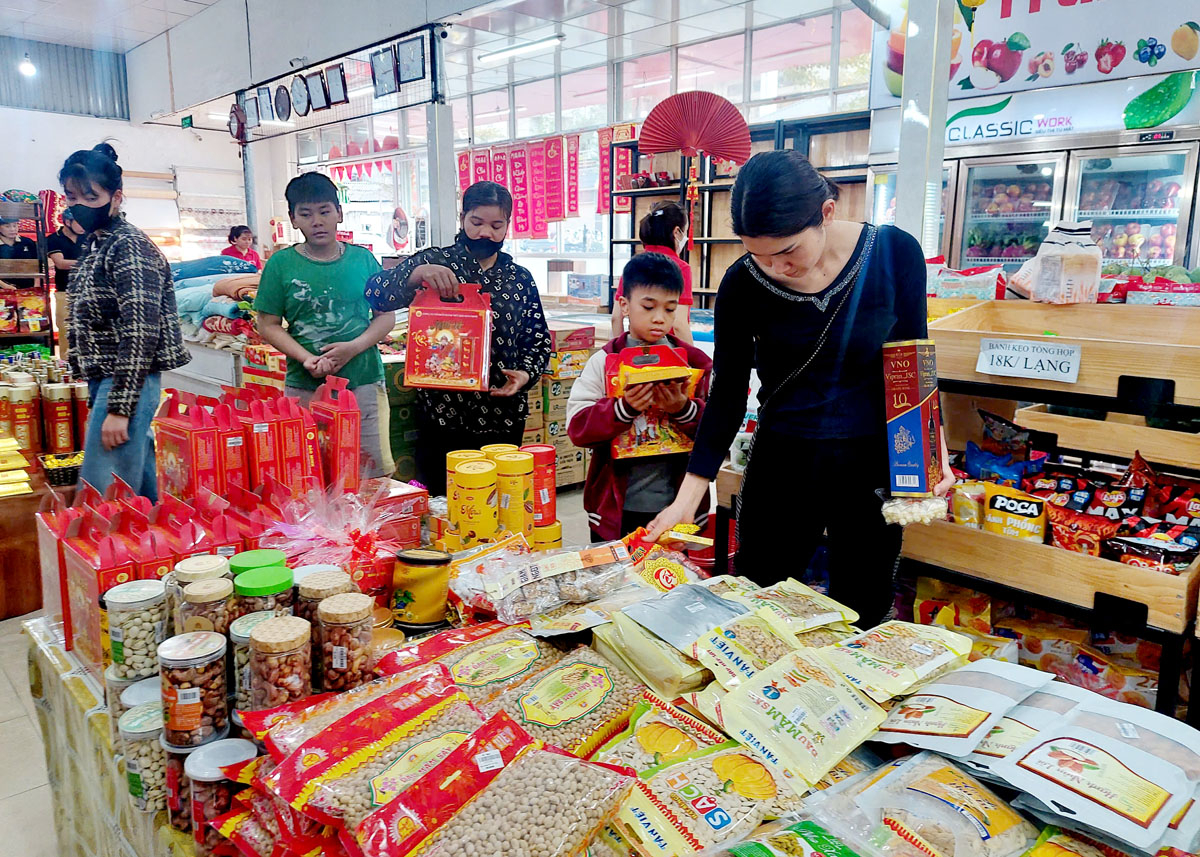
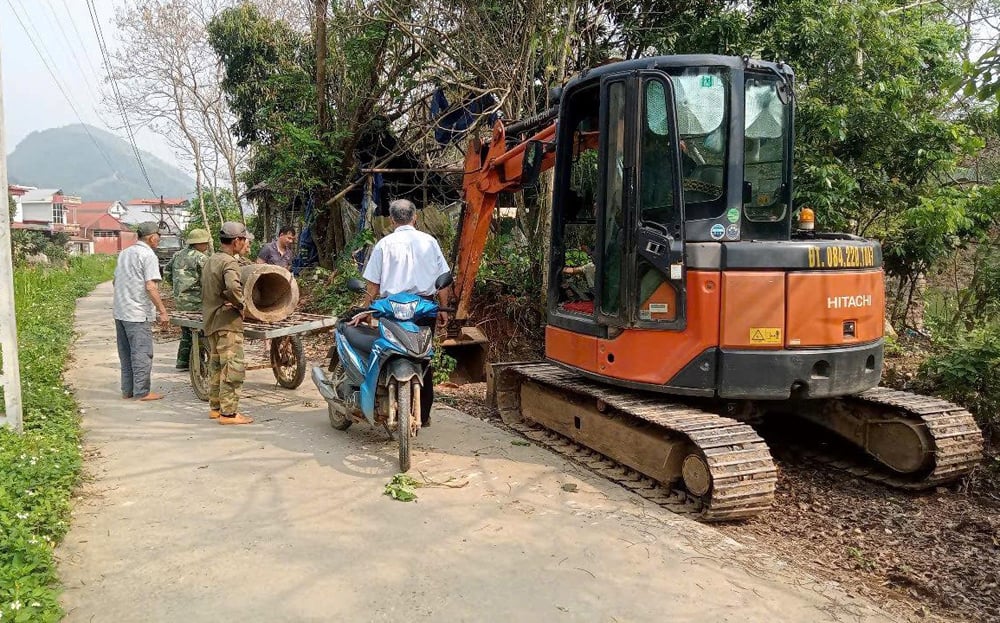
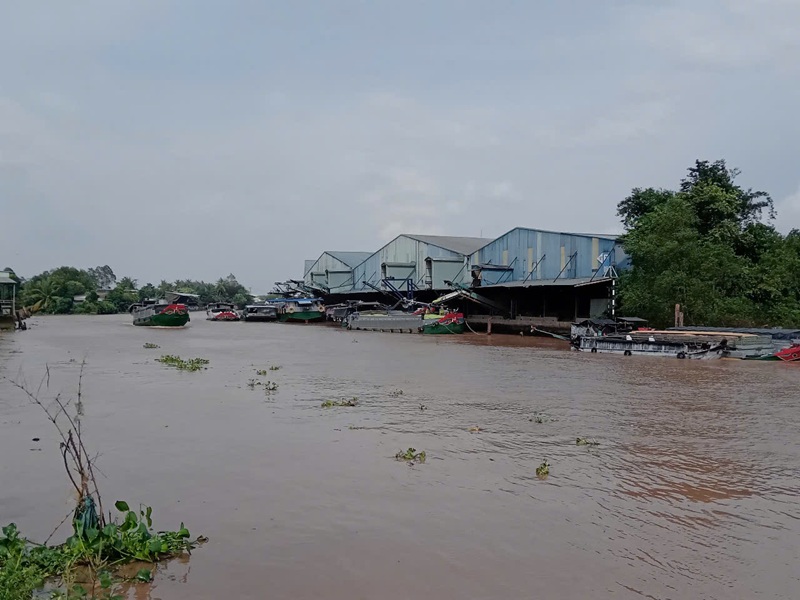


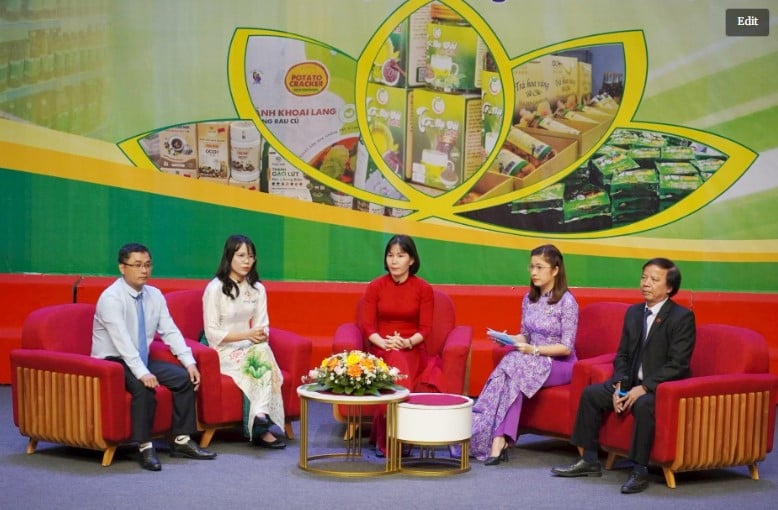

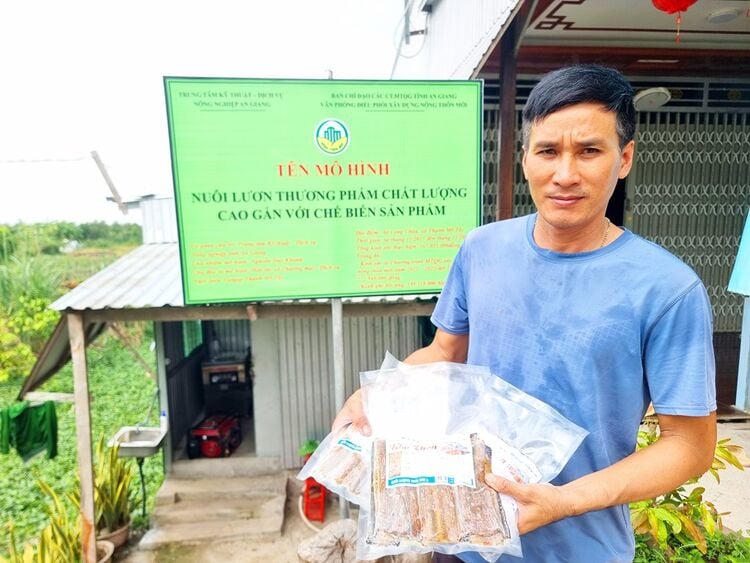
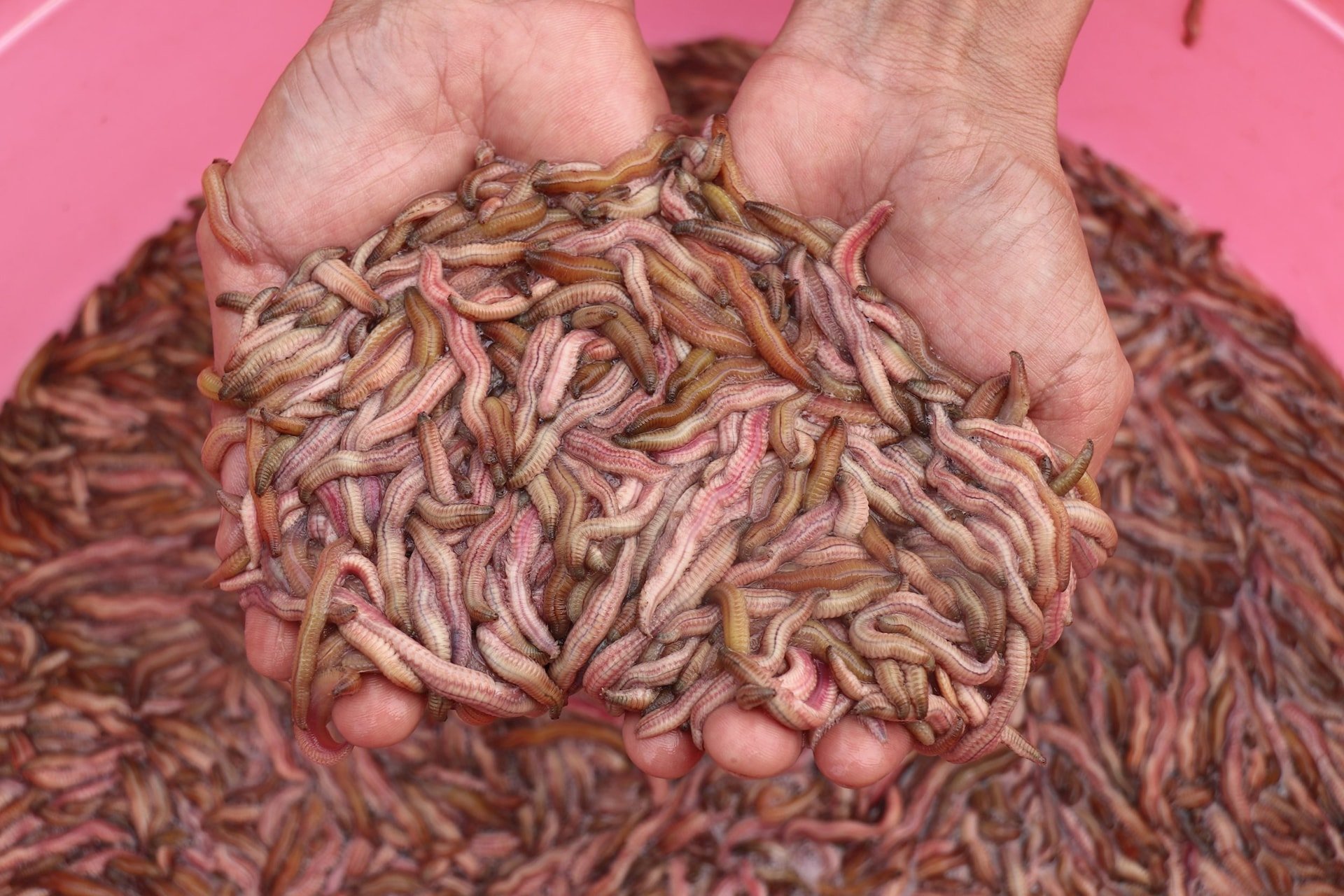
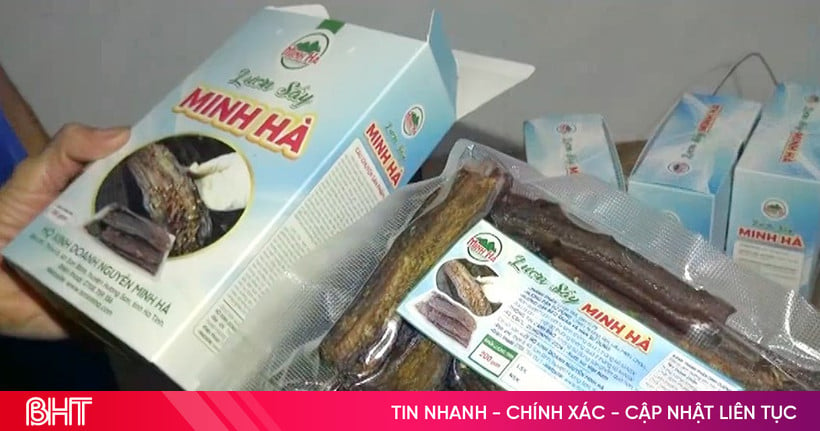

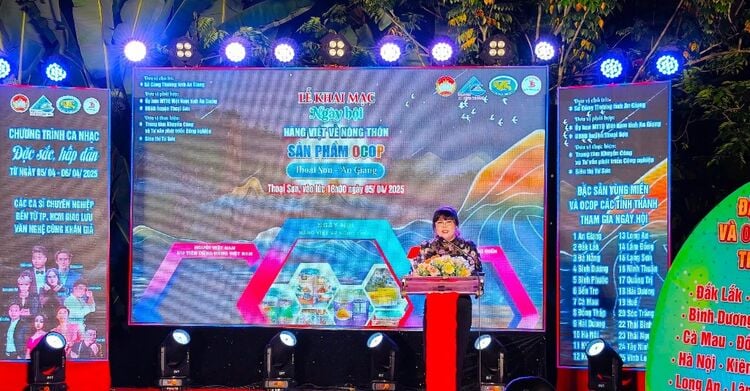

Comment (0)